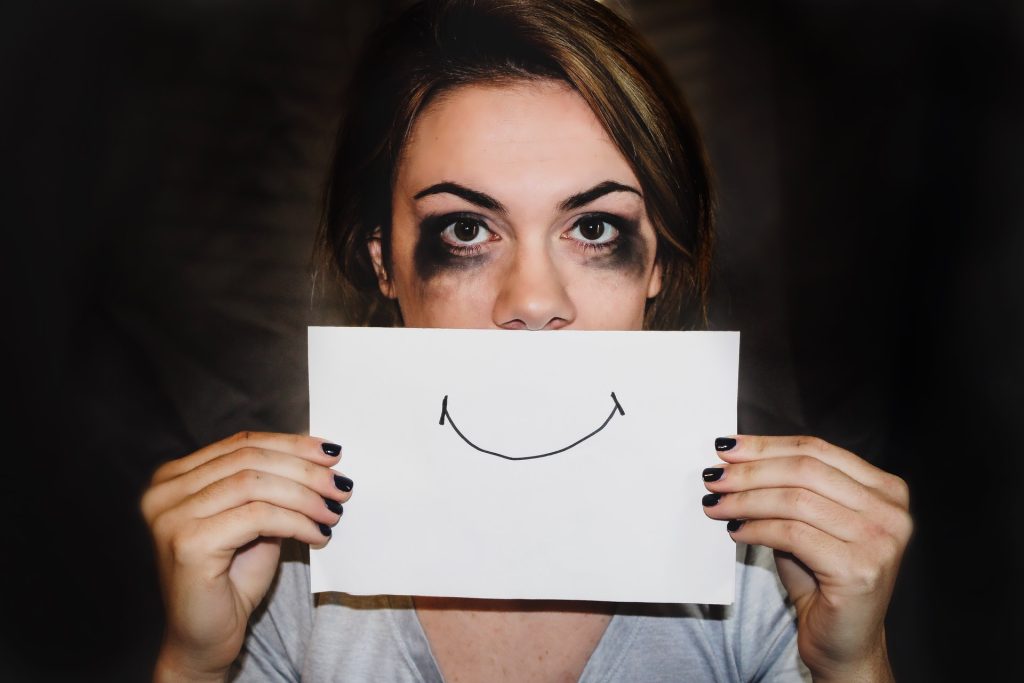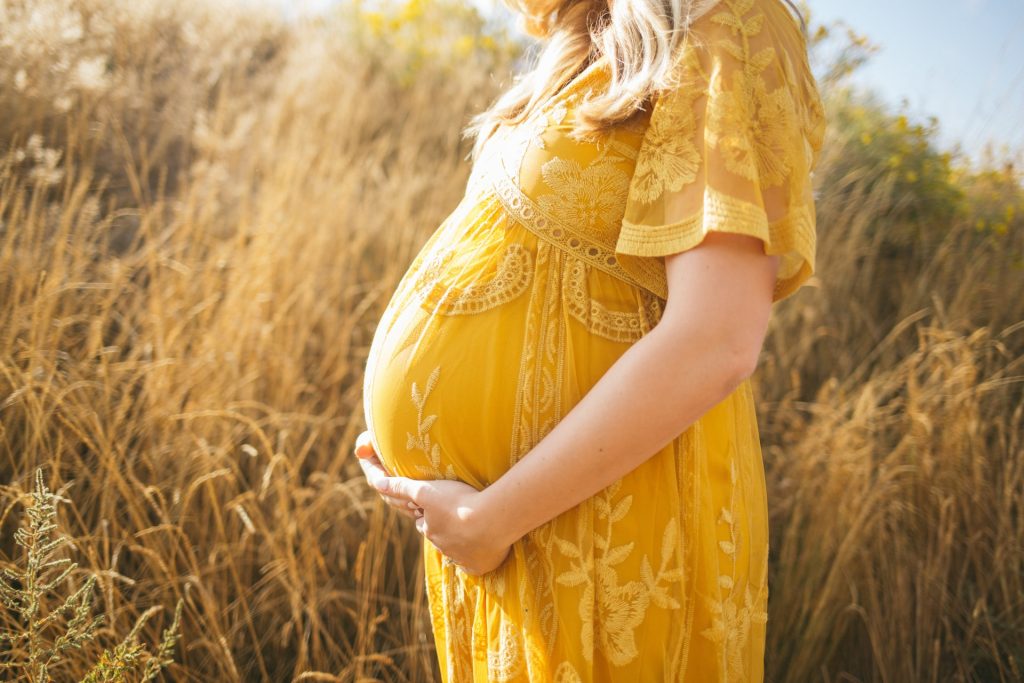Menstrual Cycles May Impact PTSD Symptoms in Women

New research has found that post-traumatic stress disorder symptoms in women may vary over the course of the menstrual cycle, with more symptoms during the cycle’s first few days when the hormone oestradiol is low and fewer symptoms close to ovulation, when oestradiol is high.
The results could have implications for PTSD diagnosis and treatment, said lead author Jenna Rieder, PhD, an assistant professor of psychology at Thomas Jefferson University in Philadelphia. “When in the cycle you assess women might actually affect whether they meet diagnostic criteria for PTSD, especially for people who are right on the border. And that can have real practical implications, say, for someone who is a veteran and entitled to benefits or for health insurance purposes.”
The research was published in the journal Psychological Trauma: Theory, Research, Practice and Policy.
Oestradiol is a form of oestrogen that regulates the menstrual cycle. During the follicular phase, rising oestradiol levels trigger a cascade of events that result in ovulation. Studies have linked low-oestradiol portions of the cycle to greater activation in the limbic areas of the brain, which are related to emotion, and to lower activation in the prefrontal cortex when viewing emotional content. Low oestradiol has also been linked to greater stress and anxiety as well as increased fear responses.
To find out whether those links were related to traua response, researchers studied 40 women, aged 18 to 33, all of whom had experienced or witnessed a traumatic event, such as a serious injury or sexual violence. In the lab, researchers measured the participants’ level of oestradiol in their saliva, then asked them to describe the trauma that had happened to them and the PTSD symptoms they’d experienced in the past month. They found that lower oestradiol was associated with greater self-reported symptom severity in the participants.
The researchers also measured two stress biomarkers in participants’ saliva, the hormone cortisol and the enzyme salivary alpha-amylase, before and after the participants described their trauma. Salivary alpha-amylase is related to the “fight-or-flight” stress response, and cortisol is related to the body’s slower, more sustained stress response.
“In a healthy system we want a moderate, coordinated response of both of these biomarkers,” Prof Rieder said. In the women in the low-oestradiol portions of their menstrual cycles, the researchers instead found low cortisol and high salivary alpha-amylase levels resulting from recounting their trauma stories – a pattern that’s been linked in previous studies with maladaptive stress responses.
The researchers then asked the participants to answer five daily questionnaires for 10 days spanning the high- and low-oestradiol portions of their menstrual cycles. The questionnaires measured how participants were feeling at each time (from “extremely unpleasant” to “extremely pleasant” and “extremely nonstimulated or activated” to “extremely stimulated or activated”). Participants also completed a PTSD symptom checklist each evening.
Participants were found to have greater variability in their daily moods during the low-oestradiol days of their cycle and reported more severe PTSD symptoms on those days.
This could have implications for diagnosis and treatment of PTSD in women, who have long been underrepresented in PTSD research. “PTSD for a long time was mostly studied in men, in part because it was mainly studied in veterans, who were mostly men,” Prof Rieder said.
As well as its relevance to diagnosis, knowing how the menstrual cycle affects PTSD symptoms could be useful for both clinicians and patients, according to Prof Rieder. “I think this is something that clinicians would want to know, so they can impart this knowledge as part of psychoeducation,” she said. “For women who are naturally cycling, it may be useful to understand how the menstrual cycle affects their symptoms. When you can explain what’s happening biologically, it often becomes less threatening.”




